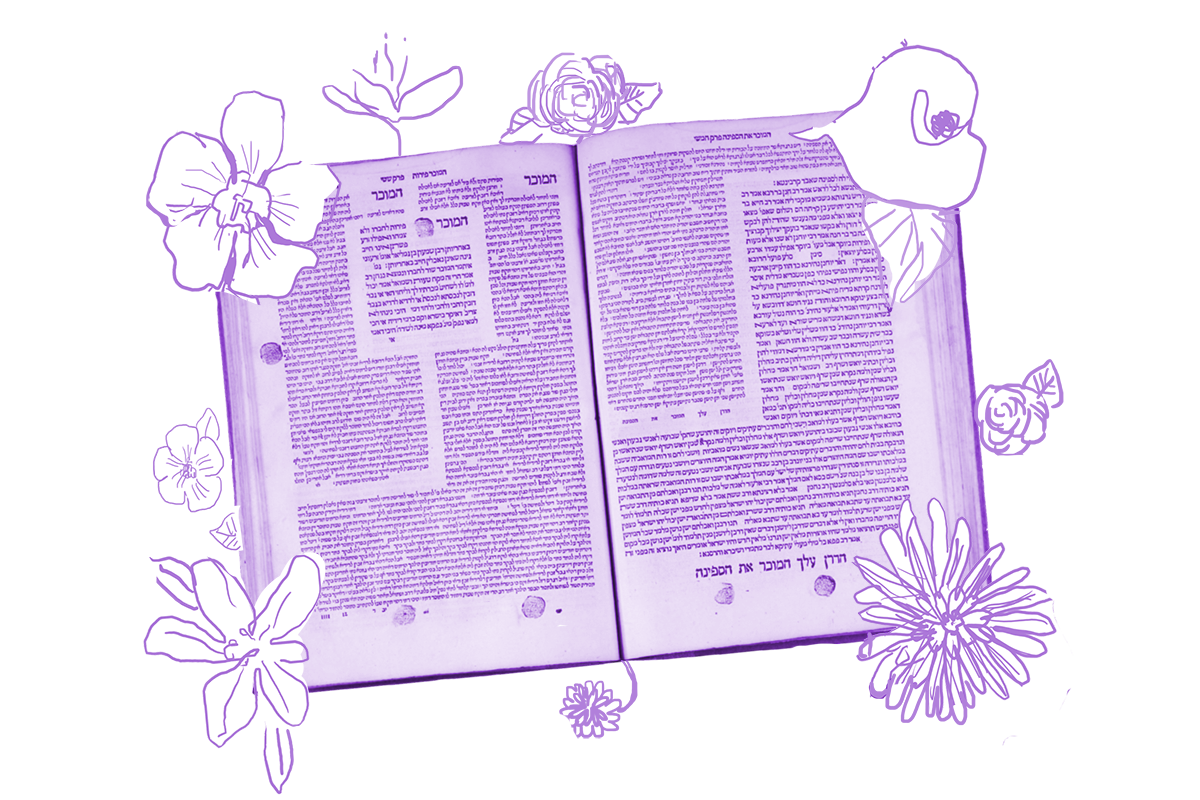Today’s daf presents us with a compelling demonstration of halachic imagination.
Rav Yehuda said that Rav said that Rabbi Hiyya said: If one threw a stone at a wall above ten handbreadths from the ground and it came to rest in a hole in the wall of any size less than four handbreadths, then there is a dispute between Rabbi Meir and the Rabbis (about whether he is liable).
The highly specific proposed scenario is that someone standing in the public domain on Shabbat throws an object which lands in a small hole (less than four handbreadths in diameter) in a wall that is higher than 10 handbreadths. If that small hole in the wall qualifies as a private domain, the person is liable for transferring an object. But does it? It’s a matter of debate.
The sages generally hold that private domains cannot be arbitrarily small. Specifically, they must be larger than four by four handbreadths. And since the hole is smaller than the minimum size for a private domain, it remains part of the public space and the thrower is exempt.
But Rabbi Meir argues that if the wall is deep enough that one could theoretically carve out a larger hole in that space and create a private domain, the thrower has violated Shabbat. The mere potential for a new private space is enough, according to Rabbi Meir, to make this a violation of Shabbat.
With your help, My Jewish Learning can provide endless opportunities for learning, connection and discovery.
We might scoff at this idea of an imaginary space. Why would Rabbi Meir rule in accordance with the space not as it exists, but as it might be? Especially when this ruling makes someone liable for violating Shabbat when the reality of the situation does not require it?
In Tractate Eruvin (coming in two short months!) Rabbi Aha b. Hanina tells us that Rabbi Meir was the greatest sage of his generation. Nonetheless, the law was generally not decided in his favor because his ideas were so imaginative and complicated the sages could never be sure they fully understood his rulings.
We are told that one sign of Rabbi Meir’s prodigious intelligence and creativity is that when presented with an object that seemed to be impure, he could argue for its purity — and vice versa. His genius was in his ability to construe any reality to fit his desired conclusion, though this often left the sages to wonder what was “true.”
But Rabbi Meir was not the only rabbi with a vivid halachic imagination. The sages themselves demonstrate a similar imaginative flair later on today’s daf when they discuss the concept of lavud, the principle that two objects within three handbreadths of each other can be considered one continuous object. For example, a sukkah must have more than two continuous walls to be kosher. If parts of the walls in a rustic sukkah are not quite touching, the principle of lavud can be employed to declare the sukkah kosher nonetheless.
Halachic imagination is a powerful tool with significant consequences. It can mean the difference between receiving the death penalty for a violation of Shabbat or being declared exempt. In the case of the object that lands in a small (and literal) hole-in-the-wall, the sages seem more than justified in rejecting Rabbi Meir’s ruling based on a hypothetical enlargement of the hole. But we shouldn’t discount him. Rabbi Meir’s fanciful thought exercises allow us to see the value of imagination — a tool that brings flexibility and creativity into the halachic process.
Read all of Shabbat 100 on Sefaria.
This piece originally appeared in a My Jewish Learning Daf Yomi email newsletter sent on June 14, 2020. If you are interested in receiving the newsletter, sign up here.



